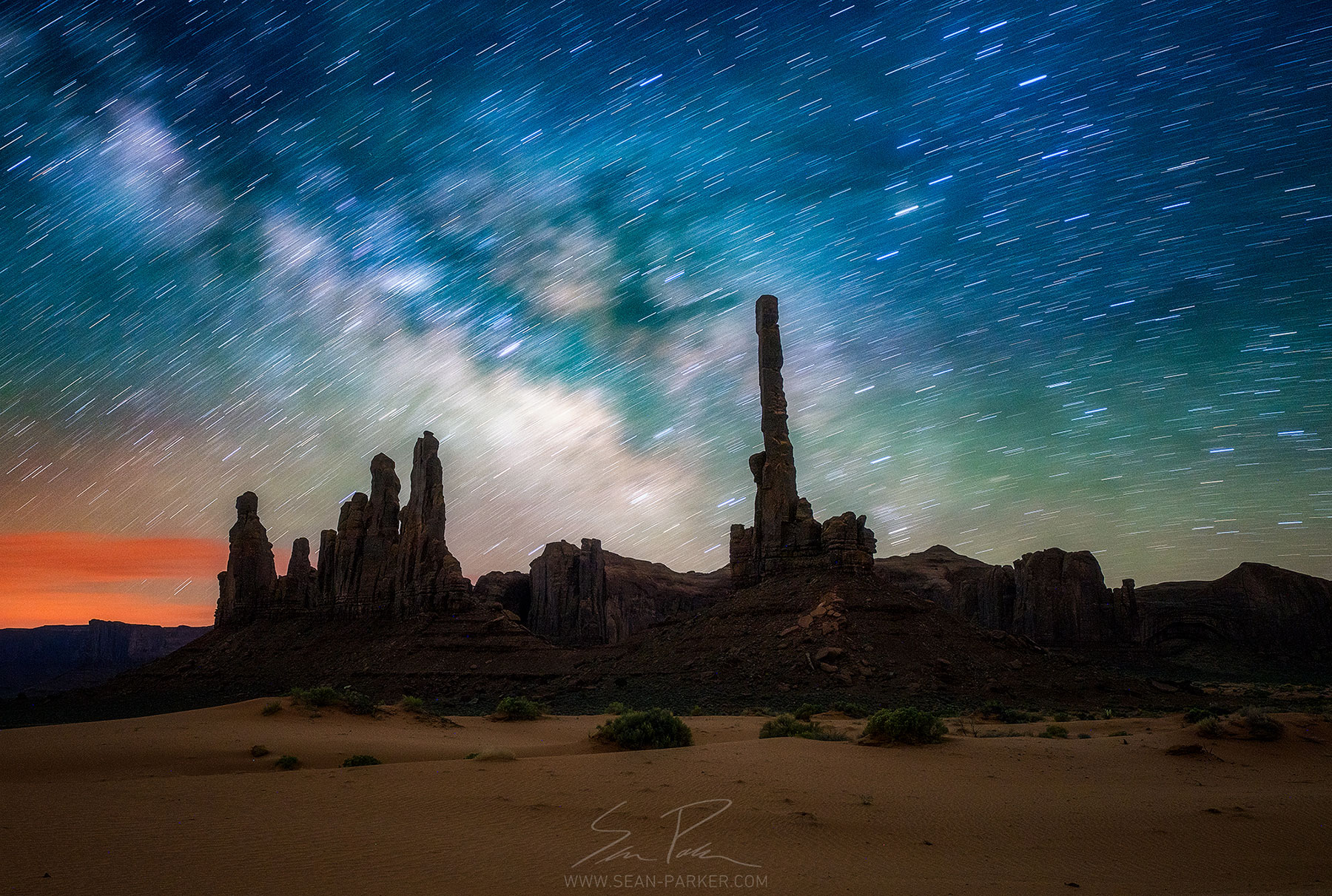Milky Way Season with Sean Parker
We often run into situations where we see something amazing, like the encore at our favorite concert or all of those amazing fireworks in the sky on the Fourth of July, and we pull out whatever picture-taking device we may have and try to snap a photo, but usually follow with the line, “The camera just doesn’t do it justice.” That was before we met astrophotographer Sean Parker, who spends his nights looking up with his lens, capturing the night sky in all its glory. And when we think of spending time outside gazing up at the stars, it makes us realize we have to slow down a bit to enjoy those moments. Correlates pretty nicely with that one article in The Photo Issue and fresh-off-the-press Slow Issue of Whalebone Magazine. In partnership with MPB, we sent some gear out to Arizona and spent the night with Sean to get a look into a day (or night) in the life of an astrophotographer during the Milky Way Season.
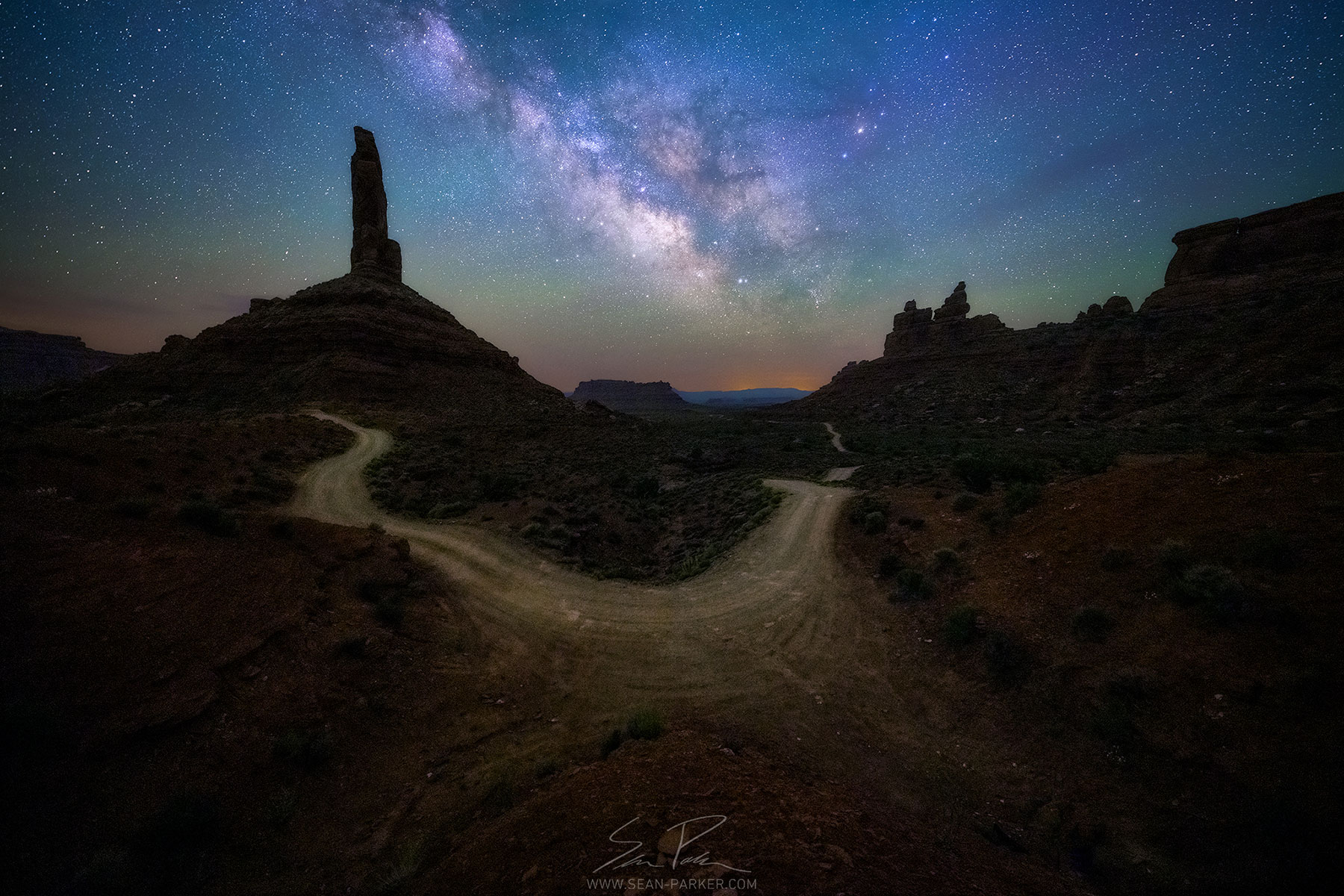
Milky Way Season. Explain this and how this impacts your photography—describe the difference between shooting during and not during Milky Way Season.
Sean Parker: Milky Way Season is a term we astrophotographers use when the “core” of the Milky Way is visible and most photogenic. The Milky Way is actually visible all year long but the “core” (which is the center of our galaxy) is visible from March until about October. This is due to the way the earth spins around on its axis, and how the angle changes in different seasons. Milky Way season deeply impacts my photography, but mostly my sleep schedule. During this time period, I usually have very long nights of shooting so I mostly skip sunrise and sunsets (unless there are epic conditions of course).


The coolest experience or thing you’ve ever seen while shooting the night sky? Proof of aliens?
I’ve been shooting the night sky for close to 12 years now and have seen A LOT of cool and weird stuff haha. One of my coolest memories was during a workshop in Tucson back in 2015 when my group and I saw a strange glowing light appearing over the horizon. It was super blue and growing bigger and bigger. We thought we just witnessed a comet being born but it was one of the first tests of the Falcon 9 Rocket from the California coast. It was a super cool experience because we had no idea what it was until the following day! I couldn’t believe how large and how colorful the plume got! I also do a lot of tours in Iceland and have seen some amazing northern lights out there. Can’t wait to go back!
How did the MPB gear assist you in your shoot? Is this something you would recommend to other photogs and those just starting out?
MPB is a great place to buy used gear that you are in the market for. My Sony and Lens came in the original package and worked perfectly with no issues. I would highly recommend MPB if you are looking for used gear that actually works at a great price!

Something (aside from your camera) that you always bring with you on a shoot?
Something I always bring with me is a headlamp, small medical kit, and a multi-tool knife kit. You just never know what you might run into out in the wild. Oh, and water!
Walk us through your average day in the life. How long are you in the field, are you nocturnal, etc.
There are no average days haha. Every day is different. But most of the time it’s me waking up late morning, getting a little exercise in, making some food, and working on my website, emails, and photos most of the day. Then I try to head out and shoot sunsets and stars at least a couple of times a week. In the summer I spend most of my days chasing and photographing storms in Arizona.
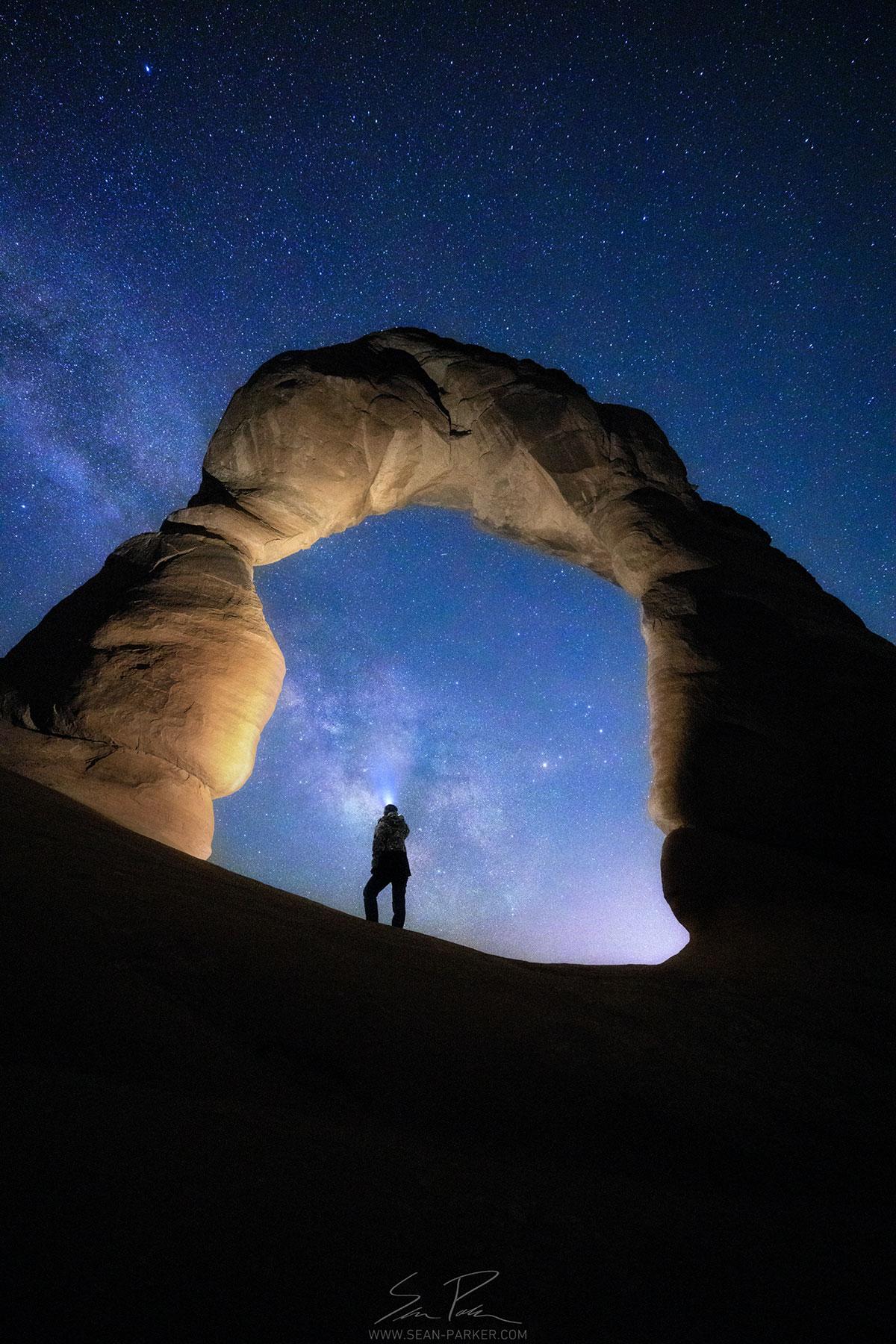
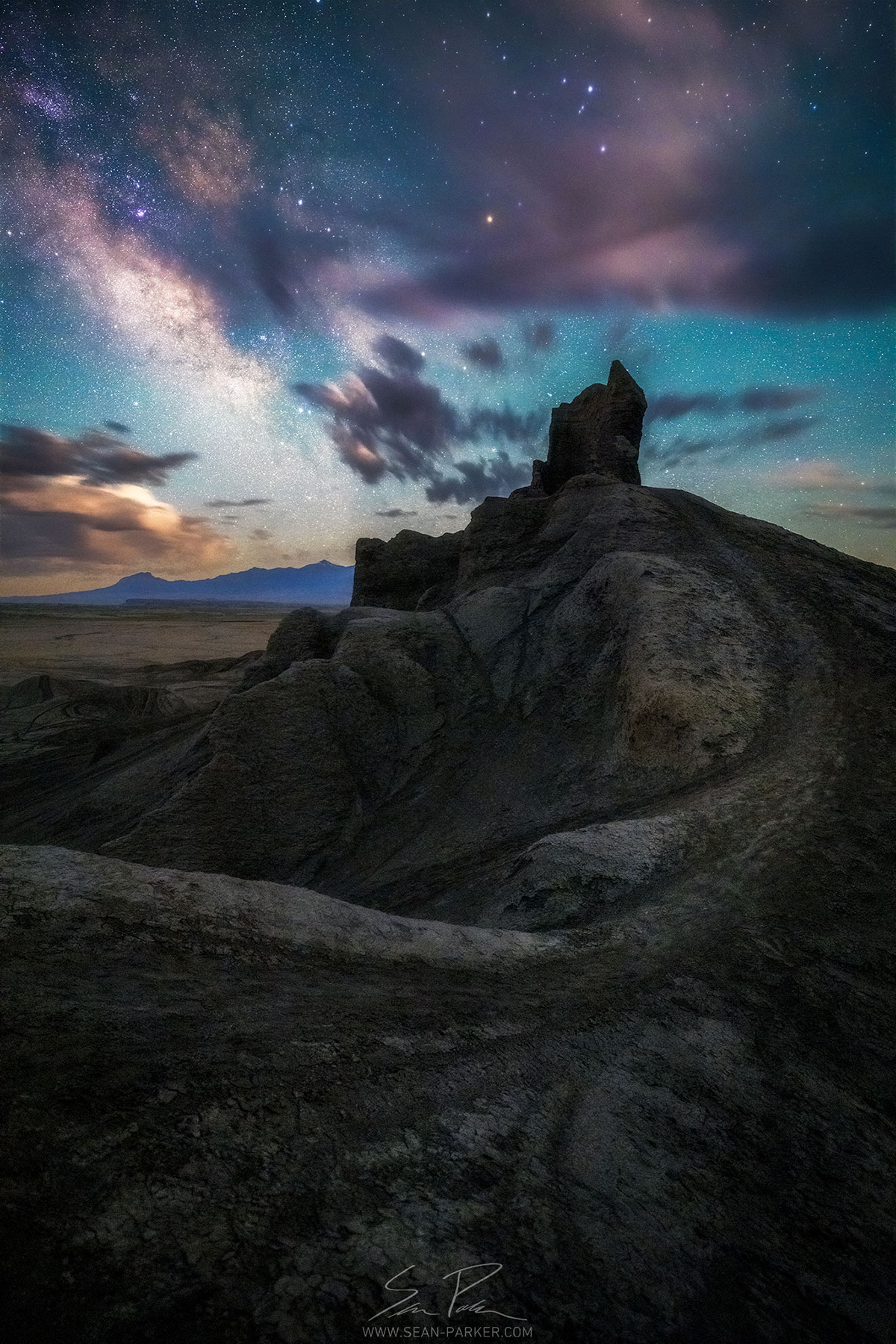
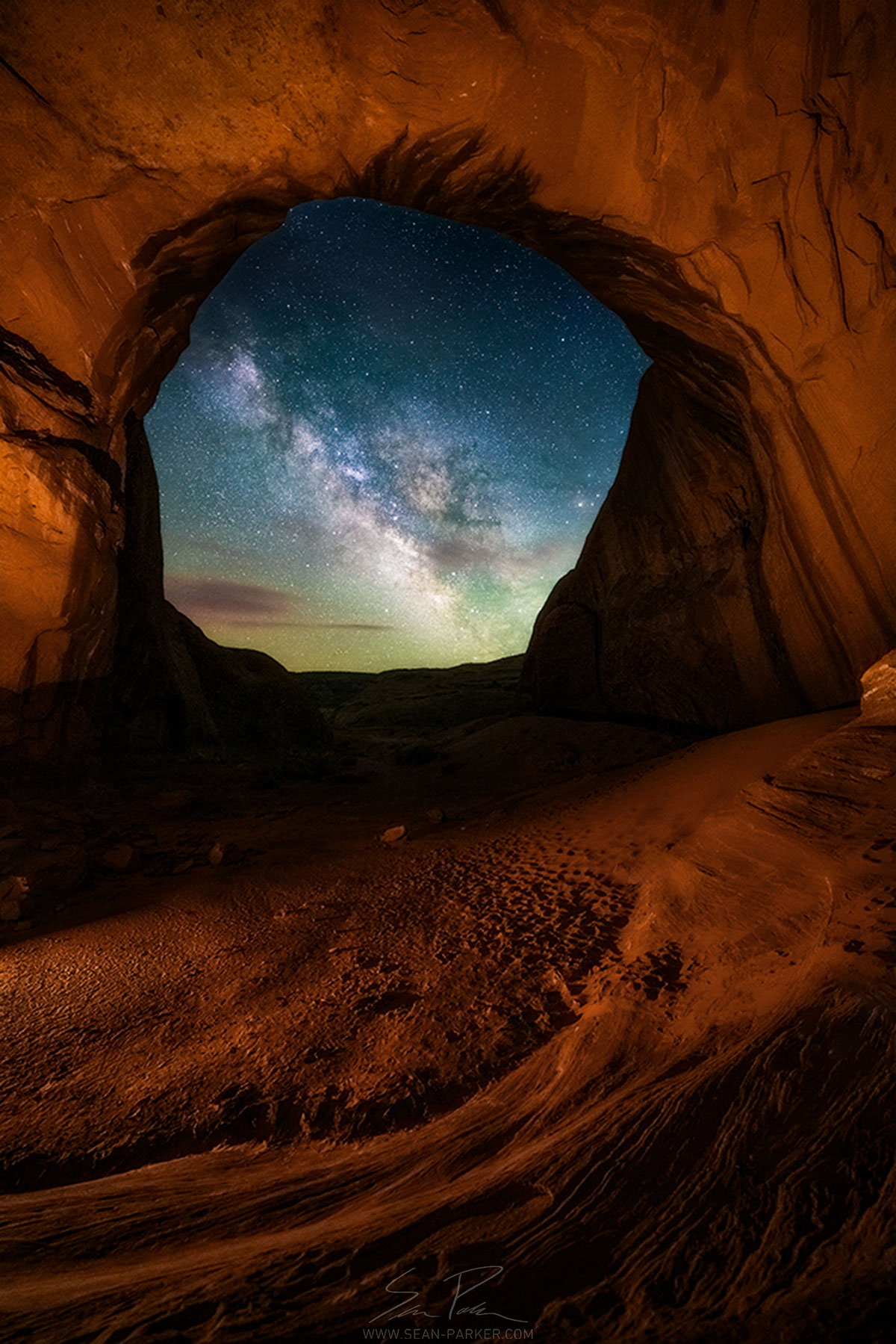

Is there a message you want people to take away when viewing your photographs?
I love capturing the beauty in the world and I hope people take away happiness and curiosity after looking at them.
What do you find is the best way to slow down in life?
Spending time with family and friends. Anytime I am stressed or find any free time in life, I always see friends and family because that time with them is the most important to me.

